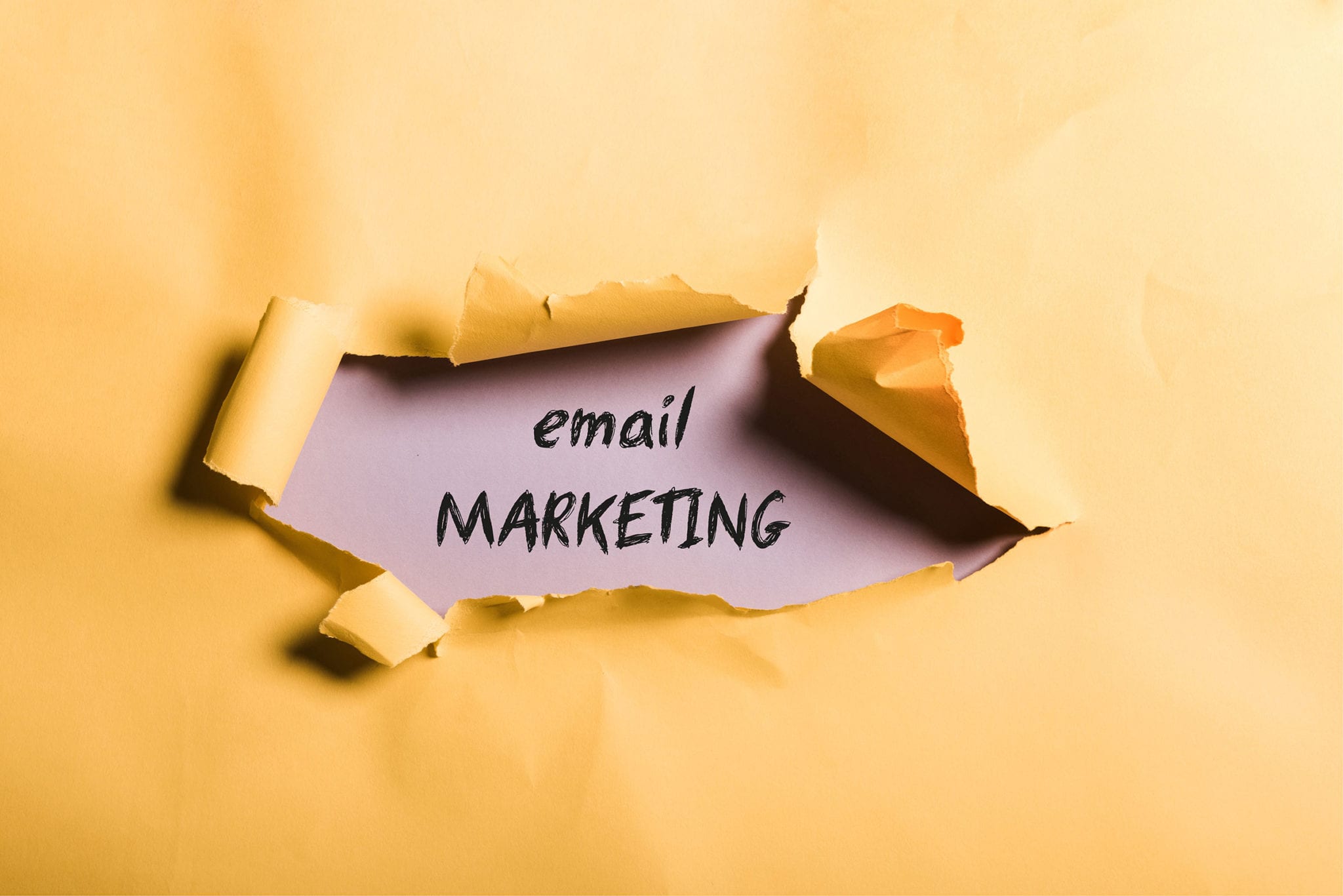Email deliverability is one of the key metrics to measure the success of an email campaign. While doing email marketing every email marketer needs to keep a tight check on overall email deliverability. Email deliverability not only protects the sender’s reputation but also helps to reach more inboxes of your intended users.
What is email deliverability?
Email deliverability means an email is received into the inbox of the user. Email deliverability is often misunderstood as email delivery, but email delivery only means that an email is being received by the receiving mail server.
How to improve email deliverability?
Before we talk about the steps to improve email deliverability it is important to know what actually hurts your email deliverability. Below are the top reasons for your poor email deliverability rates.
-
- Negative senders reputation
If you fail to maintain a positive senders reputation your email marketing will take you nowhere. The sender’s reputation indicates the trust level of your email sending IP and the domain. The mailbox providers evaluate metrics like senders’ reputation, spam complaints, blacklist and so on. There are free tools for viewing your sender’s reputation like Senderscore.
-
- High complaint rates
If your email marketing campaigns receive complaints from the subscribers you are open for big trouble. It is critical to keep your email complaints rate under check as it also impacts your sender’s reputation as well as email deliverability. If you are sending irregular and irrelevant emails the complaints rates will be on a higher side.
-
- Your domain/IP is blacklisted
The email marketing industry consists of various blacklists like whitelist, greylist and yes even the blacklist. Blacklists are the list of IP addresses and domains that are known for spamming. Blacklists are available publically and help inbox providers to protect their users from unwanted emails. If you are practicing or even if your email content looks like spam, all the emails that you ever send will land straight into the junk/spam folders.
-
- Dirty mailing list
This is a no brainer! a dirty email list is a guarantee for poor email deliverability rates. Your email list will be populated with some spam-traps, inactive accounts, and unknown users over a period of time. Maintain the quality of your mailing list to avoid hard bounces from your email campaigns.
The aforementioned are the culprits of your poor email deliverability rates. Let’s dive into optimizing email deliverability rates with these 5 steps.
-
- Clean your email list
All the emails in your mailing list are bound to turn into a bad email at some point. An email goes bad when it is being abandoned by its user or there is a job change. Also, inactive emails are marked as a recycle trap after a specified number of inactive days by the inbox providers.
Bad emails in your mailing list will hurt your email deliverability by causing hard bounces if the number of hard bounces exceeds the specified limit your emails will fail to reach the inboxes. An email list can be easily cleaned by email validation tools like EmailChecker. EmailChecker will remove all the unwanted emails from your mailing list in no time.
-
- Implement senders policy framework
If you are a high volume email marketer it is important to build an image of you being a legit email sender. Implementing SPF aka Sender’s policy framework improves the trust with the receiving mail server. SPF is an important email authentication technique that is used to prevent spammers from sending unwanted emails on your behalf from your domain.
-
- Use double opt-ins for collecting emails
Collecting emails and building your email list very important for building your business. Collecting emails by effective tactics like double opt-in will ensure that all the disposable and bad emails are not allowed to enter your email list. The double opt-in method of collecting emails requires the user to verify the email account before getting into your email list. The double opt-in method also signifies the interest of a subscriber, meaning the chances of email engagements will be higher.
-
- Keep your email content spam free
Even if you followed all the email authentication protocols like SPF, DKIM, and DMARC, your email can still go straight into the spam boxes. The reason might be the content of your email list including the email copy as well as the subject line. It is important to keep your email free from spam triggering words. The top spam triggering words that you must avoid at all costs is discount, make $/money, lowest price, risk-free, casino, affordable and bonus just name a few in a big list.
-
- Send relevant/useful emails
You have followed the double opt-in method, kept your email list clean and your email content is spam free, now what?. Sending targeted emails to your subscribers is as important as following the above mentioned best practices. Ask yourself the below questions before hitting the send button.
-
-
- Check your emails sending schedule
- The content of your email copy
- And most importantly the interest of your subscribers.
-
Conclusion
Stick to a regular email sending schedule and keep your email content as spam-free as possible. Keeping your subscriber’s interest first will take care of the other two points. Do not draft emails that sound like a hardcore sales pitch instead try to send special offers, tutorials, tips, and tricks to your users. Sending relevant and targeted emails will see better email engagement rates and will help you reach more inboxes than ever.


